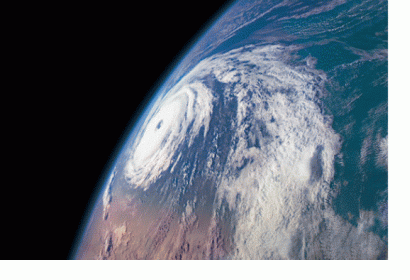From 19 to 21 April 2016 the World Meteorological Organization (WMO) conducted the first meeting of the WMO Disaster Risk Reduction User-Interface Expert Advisory Group on Multi-Hazard Early Warning Systems. The meeting took place in the Headquarters of WMO and UNOOSA was invited to participate along with experts from selected UN organizations, IFRC, and meteorological departments of Member States of Europe, Africa, Asia and Latin America. The meeting was used by WMO to discuss the notions of Multi-Hazard Early Warning Systems (MHEWS), to update the WMO guidelines for institutional roles and partnerships in MHEWS; and to provide guidance to WMO in its efforts related to the International Network on Multi-hazard Early Warning Systems (IN-MHEWS) which was launched in Sendai, Japan in 2015 by WMO, UNOOSA and other partners.
Issues discussed in this meeting included the notion of using color-coded warnings (green, yellow, red for example) as a way to raise awareness on the certainty, the severity and the urgency of the warnings; the need to incorporate information on the potential level of impacts in the warning messages; on the benefits of using common alerting protocols; and on the use of novel communication technologies.
WMO is aiming to identify key recommendations from experts to provide guidance to its members (meteorological departments or institutes worldwide) regarding how to approach multi-hazard early warning efforts in the context of global frameworks such as the Sendai framework for Disaster Risk Reduction 2015-2030 and the Paris Climate Change Agreement.

